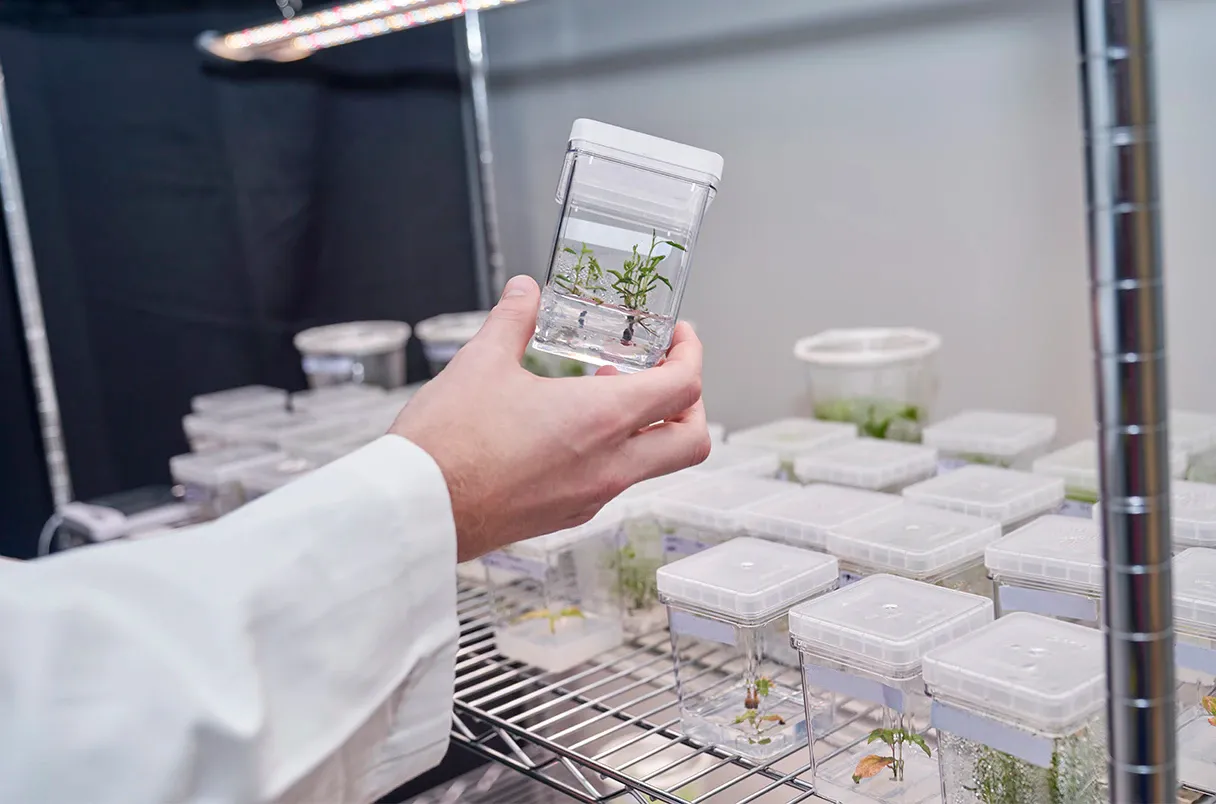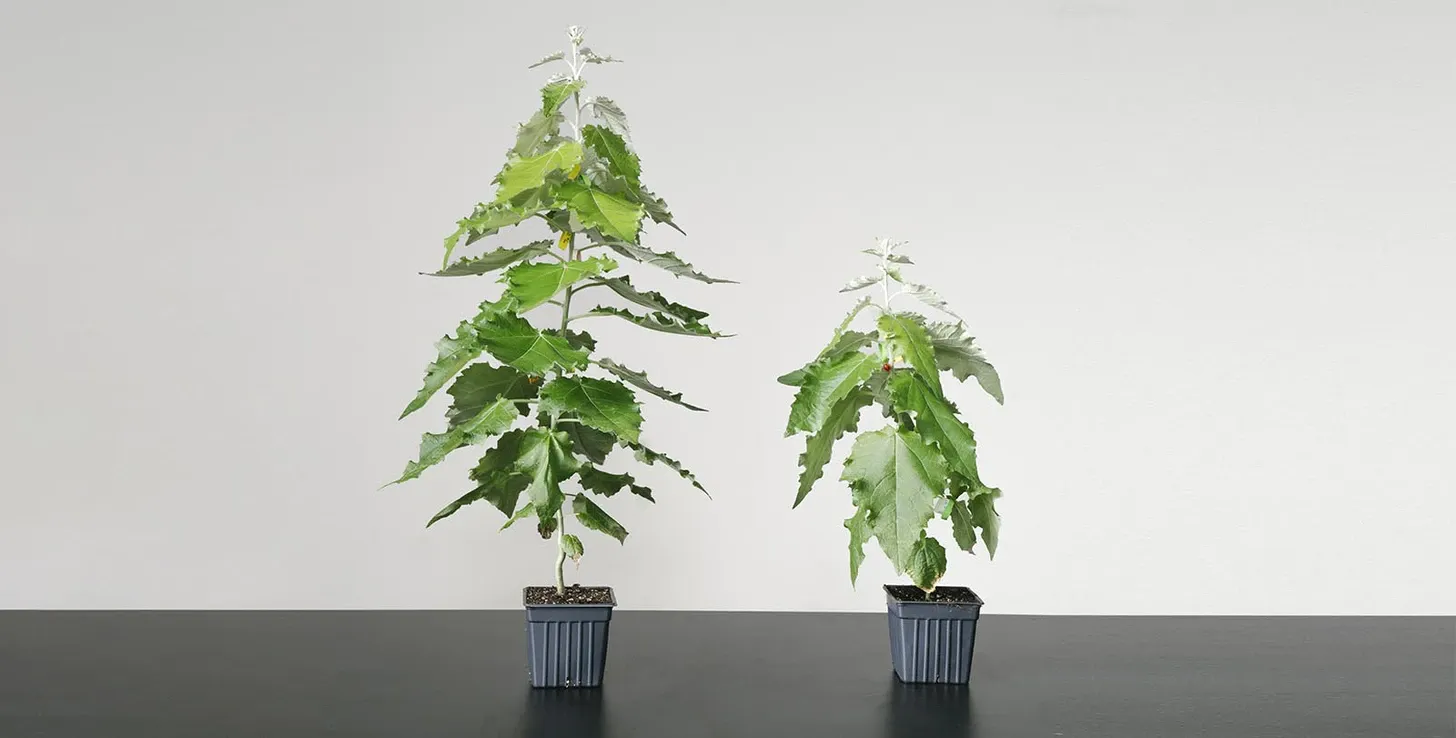The Biotech Startup Living Carbon is Creating Photosynthesis-Enhanced Trees that Store More Carbon Using Gene Editing
Photosynthesis is one of the fundamental building blocks of life on Earth. Plants convert sunlight, water, and CO₂ into glucose and oxygen to grow to form our ecosystems and make life on Earth possible.
But photosynthesis has its flaws. Sometimes, RuBisCo enzymes in plants mistakenly use oxygen instead of CO₂ when facilitating the reactions that produce glucose (aka the Calvin cycle). This creates a compound known as phosphoglycolate which needs to be broken down even further to produce glucose.
Phosphoglycolate gets broken down through photorespiration, a wasteful reaction that releases CO₂ back into the atmosphere instead of fixing it in the plant. Hot and dry conditions increase the likelihood of this occurring.
Living Carbon wants to enhance trees
Planting trees is one of the many solutions to remove excess CO₂ from our atmosphere. But can we optimize trees by minimizing or even suppressing photorespiration so they can store more CO₂?
Living Carbon, a biotech startup based in California, is using gene editing to create trees that minimize photorespiration. The company, founded by Maddie Hall and Patrick Mellor in 2019, has raised $15 million to date.

Plants that minimize photorespiration aren’t unnatural. Some types of plants, known as C4 plants and CAM plants, are naturally equipped to suppress photorespiration but they only make up 10% of total plant species. About 90% of plant species are C3 plants which don’t have a natural mechanism to minimize photorespiration.
- C3 plants: rice, wheat, soybean, trees
- C4 plants: sugarcane, corn, sorghum
- CAM plants: cactus, pineapple, jade plant
Photorespiration isn’t a problem for C4 and CAM plants because their carbon fixation process is separated from the Calvin cycle, unlike C3 plants.
Living Carbon’s initial experiments

The scientists at Living Carbon created “photosynthesis-enhanced” poplar trees to minimize photorespiration and increase carbon fixation. Two genetic modifications were made by introducing genes from pumpkins and algae:
- Inhibiting the glycolic transporter which sends phosphoglycolate out of the chloroplast to be broken down by photorespiration. This would reduce the amount of CO2 leaving the plant because photorespiration is inhibited.
- Enhancing enzymes in the chloroplast to convert phosphoglycolate back into CO₂ within the plant.
The enhanced poplar trees grew alongside unmodified ones in a controlled greenhouse environment. Living Carbon shared the results in a research paper which hasn’t been peer-reviewed yet:
- Increased plant height: the enhanced poplars grew more than their unmodified counterparts → 225cm (89in) compared to 190cm (75in).
- Higher CO₂ assimilation rate: the enhanced poplars absorbed more CO₂.
- Reduced photorespiration: lower amounts of phosphoglycolate were transported out of the chloroplast, meaning photorespiration was reduced.
- Increased biomass: the best-performing enhanced tree had 53% more biomass than the unmodified ones, a strong indicator of increased carbon storage.
Here’s what those differences look like visually:

Written by Living Carbon
Photos by Living Carbon
